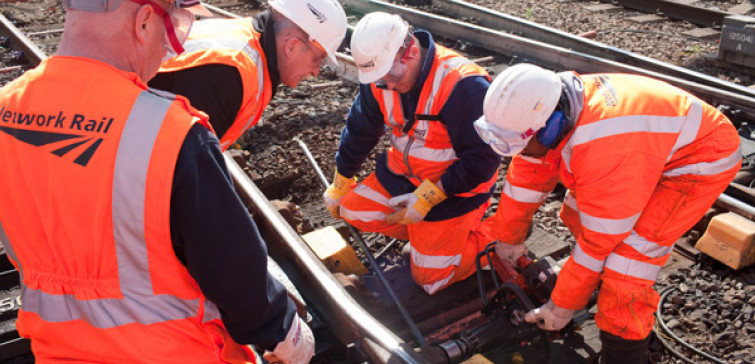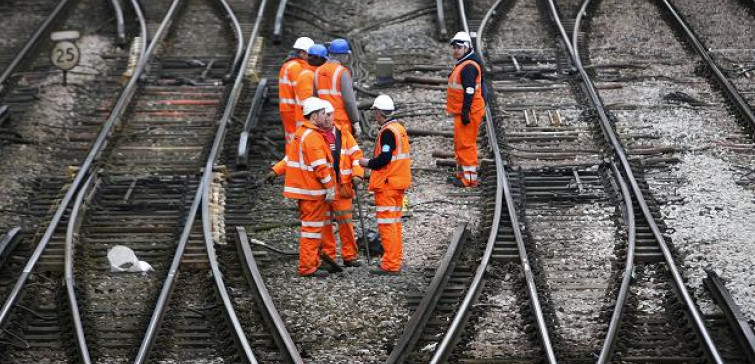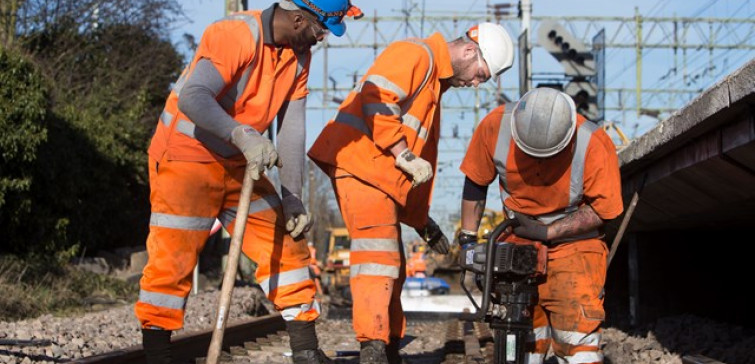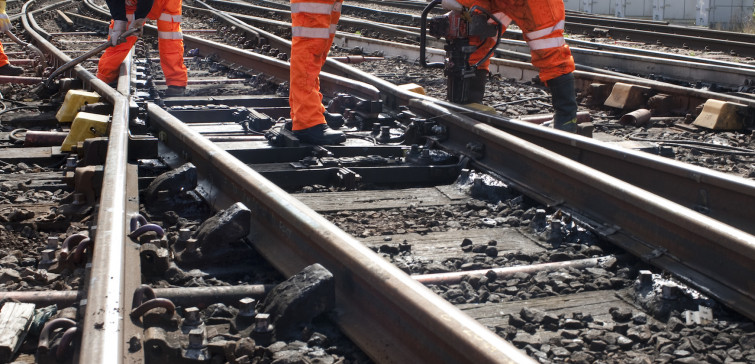Risk based maintenance
Many maintenance regimes are historic or prescribed without being challenged to take into account the operating environment required or the criticality of the asset within the railway system as a whole. This can therefore in many instances lead to maintenance regimes that are either excessive or inadequate, which in turn can lead to increased costs and problems with asset reliability.
Risk based maintenance
Challenging and changing maintenance regimes within a safety critical environment requires a clear maintenance strategy that supports determination of key assets, appropriate maintenance using an established RCM process and cost risk trade off consideration to optimize. Success is underpinned by necessary governance and benefits tracking.
The regimes need to be sufficiently defined to provide tolerance for staff to work within, but equally provide a level of flexibility to allow local conditions to be considered.
Risk based maintenance
We have a team of technically competent individuals who can advise you on implement a risk based maintenance programme, both at an asset level and for the whole railway system. We are able to provide impartial advice based on ‘real’ experiences and this can include:
- developing a bespoke strategy for Risk Based Maintenance that will include:
-a review of current maintenance and asset management data and documentation to identify
scope and magnitude of work against expectation
- benchmark current maintenance regimes
- training resources in the application of reliability centred maintenance
- mentoring and facilitating the development of risk based maintenance regimes across assets
- advising on specifying data and system requirements
- developing a programme for the implementation of risk based maintenance
- providing advice on developing regimes
- acting as independent reviewer during implementation.
By applying Risk Based Maintenance we can help you:
- vary inspection frequencies without increasing the risk of failure
- deliver planned preventative maintenance at a lower cost, targeting the most important components
- increase the reliability of assets by applying suitable maintenance regimes and targeting known areas of failure
- increase safety – both to the railway & railway staff by reducing asset failures and time on track
- enable managers to better plan resources across maintenance activities.









